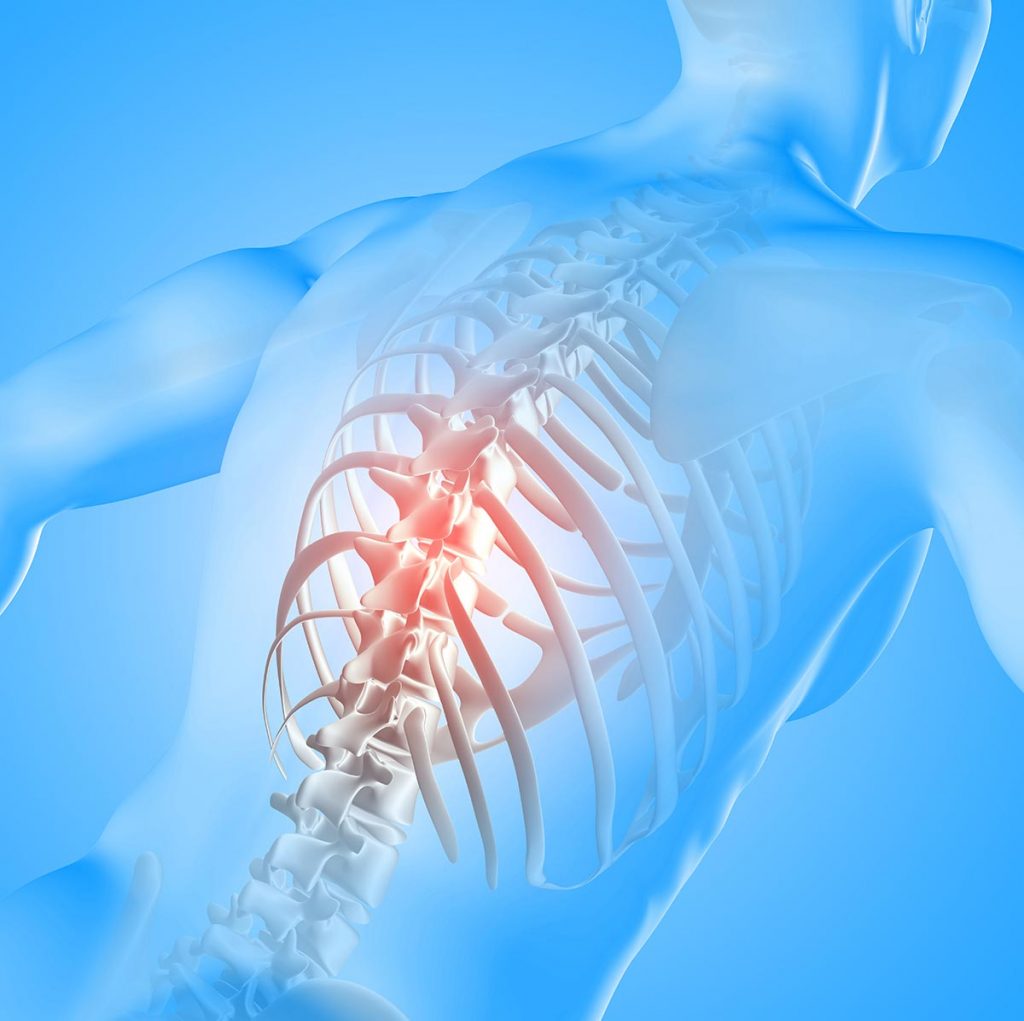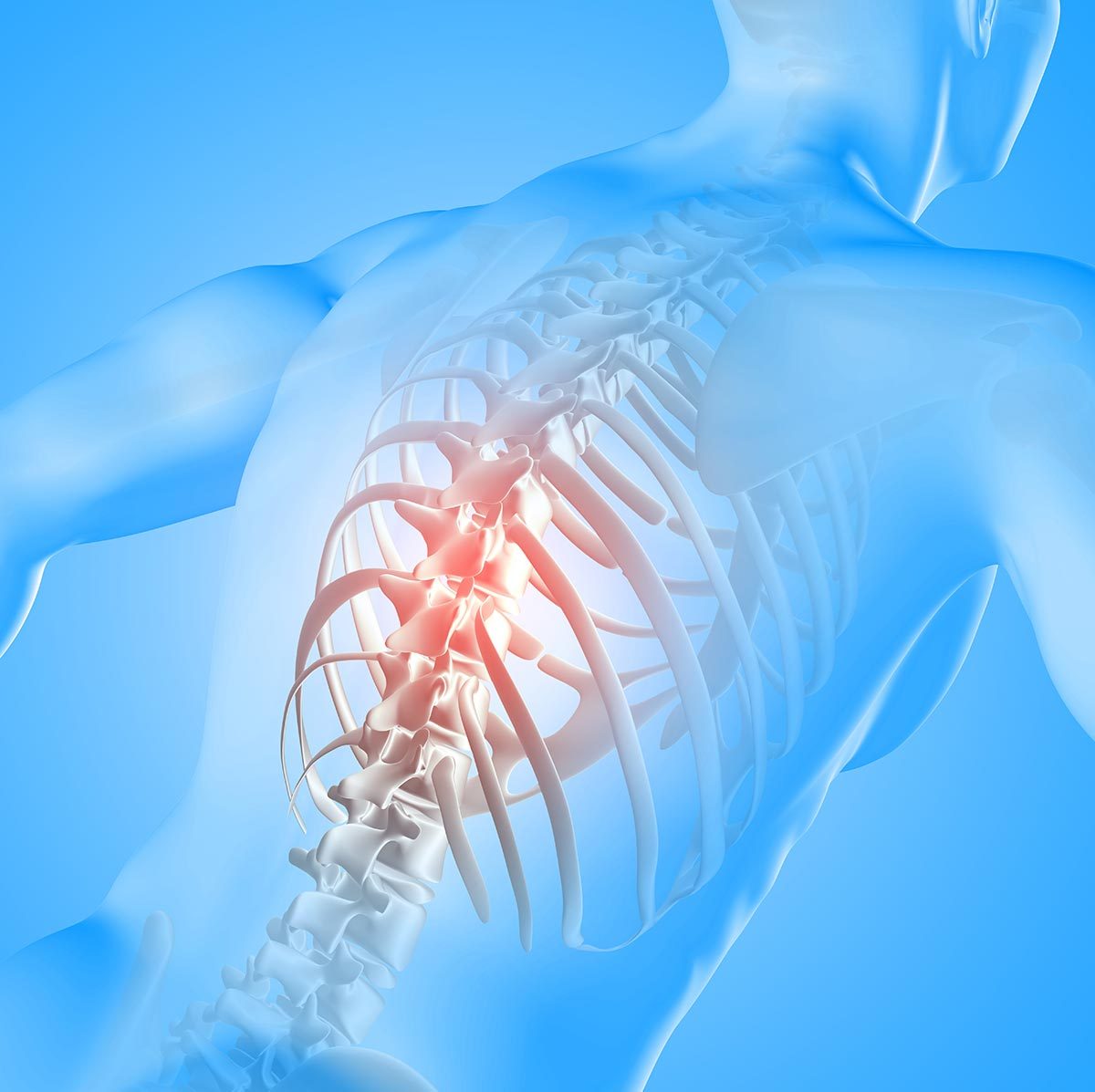Spinal Osteoarthritis
![]()
Call (703) 520-1031 or use the form below to send us your contacts.
What is Osteoarthritis of the Spine?
As people age, the cartilage in the spine wears down and deteriorates. Cartilage is the smooth, stretchy tissue that protects and lubricates the joints in the spine for ease in movement. The intervertebral discs in the spine are made mostly of water and can dehydrate with increasing age. Increased pressure is placed on the discs and facet joints of the spine causing the symptoms of osteoarthritis.

Symptoms
A classic symptom of spinal osteoarthritis is lower back pain. The pain in this part may be more intense upon awakening and after long periods of sitting in one position. As the disease progresses, other discomforts may be noticed such as:
- Weakness, numbness, or tingling in the legs or arms
- Range of motion becomes limited
- Tenderness in the joints
- Joints become stiff with position changes becoming difficult.
Causes
Several factors may cause OA. Aging is one of the primary reasons for the deterioration of the cartilage, but there are others, such as:
- Working in a job that place continued stress on the spine
- Defects of the cartilage in the spinal column at birth
- Female
- Excessive body weight
Treatment
Treatment for OA of the spine consists of pain relief and ways to increase mobility. There is no cure for the disease, but OA of the spine can be managed by working with your doctor on the best treatment options. Many cases can be controlled using a combination of different treatments. Over-the-counter medications containing acetaminophen, ibuprofen, or naproxen sodium may be used to alleviate pain. The common side effects of these medications can include stomach upset, bleeding and possible organ damage. Always discuss with a physician on how to safely use these medications. Other treatment options may include:
- Acupuncture for osteoarthritis of the spine
- Low impact exercise program
- Cortisone injections to reduce inflammation
- Physical or occupational therapy
The progression of OA of the spine is treatable with help from a medical provider. Significant pain reduction and increased mobility are possible when treatment options are combined and monitored for success. Communicating changes and discussing all possible treatment options with a physician is the best way to control OA of the spine successfully.
